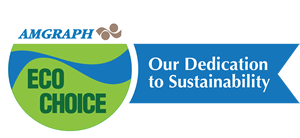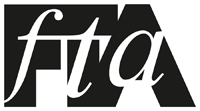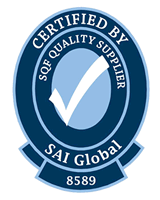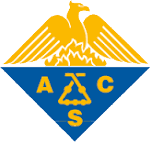(Photo Source: PMMI)
In October, the Packaging Machinery Manufacturers Institute (PMMI) held its annual Pack Expo International in Chicago, and eco-friendly printing techniques took center stage. An article on BakingBusiness.com outlined four of the eco-friendly techniques that were to be featured at the event.
The article cited PMMI’s “2018 Global Trends Impacting the Market for Packaging Machinery Report,” which said the world market for packaging machinery is projected to grow from an estimated value in 2016 of $36.8 billion to $42.2 billion in 2021. Sustainable printing technologies are expected to represent a substantial piece of that growth.
The four techniques spotlighted in Tom Egan’s article are:
1. Shifting substrates
Figuring out how to create acceptable packaging quality while adhering to sustainable goals is a key challenge for food manufacturers. Certain recycled materials may not react in the same way as standard (less “green”) materials, thus resulting in sub-standard outcomes. Solving this problem while minimizing costs is a major problem to be addressed. Amgraph is constantly working on new solutions such as…
- Resins that combat the use of PVDCs for certain applications
- Nano-technology that enhance barriers on PLA films
By partnering with suppliers like Jindal Films, we can provide sustainable and cost effective substrates.
2. Digital printing
Central to the shift toward greater sustainability is the development of digital printing. Printing digitally on both primary and secondary packaging allows for greater customization without the need for holding huge amounts of packaging stock, and digital advancements also allow brands to use artwork to tailor messaging to a particular market, demographic, theme, or event. Digital printing is a specialty at Amgraph. It offers our clients a cost-effective solution due to the elimination of plates. It also provides the option for short and faster runs.
3. Laser technology
Laser die-cutting is a viable option for customizable packaging, allowing manufacturers to create unique cutouts that can be changed and adapted without the need to replace physical dies. Brands can produce highly customized packaging at the exact volumes they require, without the waste. An additional laser technology is laser scoring which Amgraph has embraced. It reduces inconsistencies in opening packages thereby preventing damage to the package while providing custom designs.
4. Inks and fluids
There have been rapid developments in the movement to remove chemicals from ink and fluid formulas. The ability to promote inks and fluids as contributors to sustainability efforts bolsters the overall green credentials of a product, but it is crucial to ensure that the inks used are 100% compatible with the selected packaging substrate and can withstand elements encountered along the supply chain. Having used water-based inks from the start, we are 100% on board with this movement. We strive to find sustainable solutions, however, we realize that in some cases the environmental impact of some inks on certain substrates is more damaging than the use of the environmentally friendly inks. That said, it is critical to remove chemicals from inks to ensure product safety, especially as it relates to food packaging.
You’ll find more details about these four techniques here.









